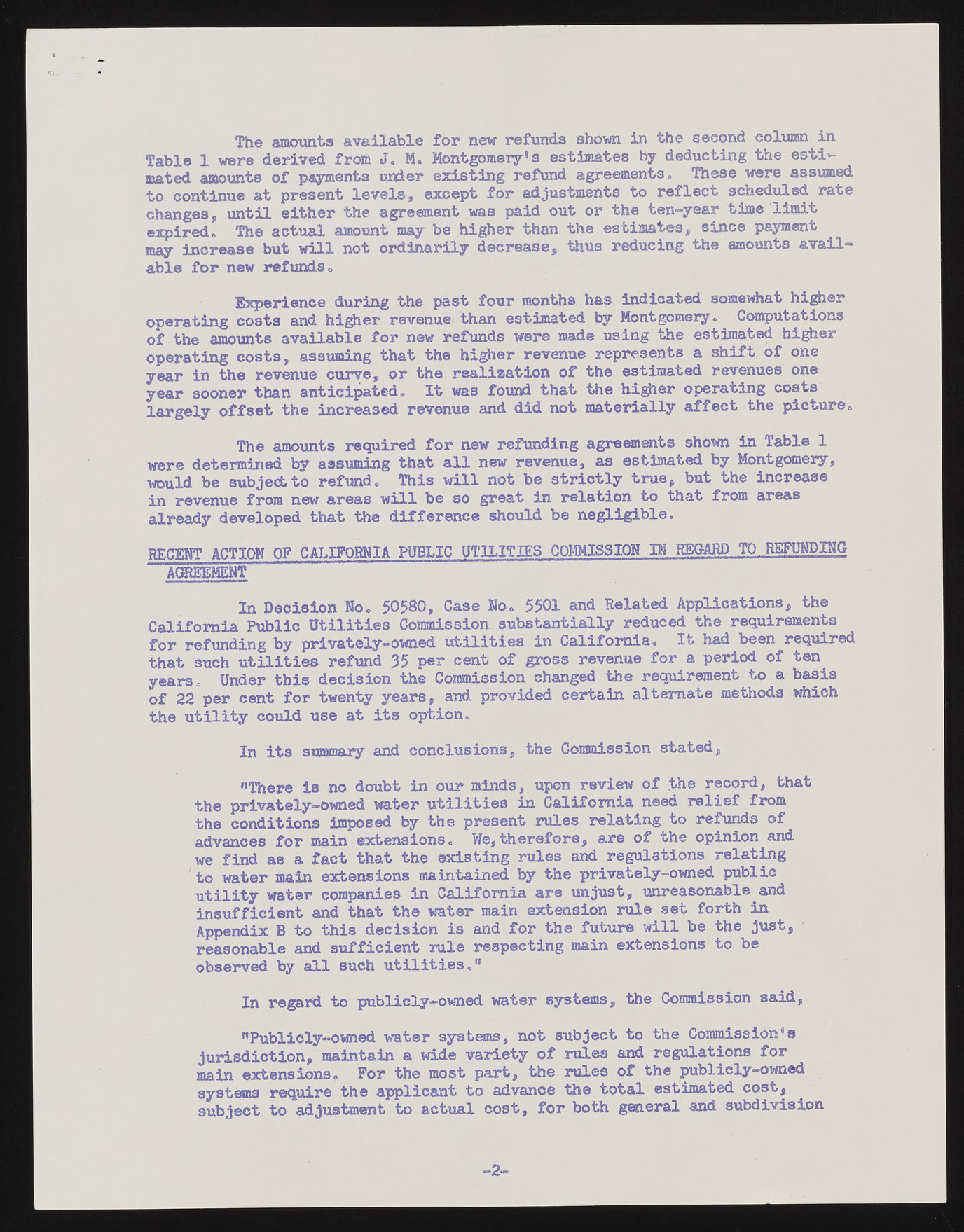Copyright & Fair-use Agreement
UNLV Special Collections provides copies of materials to facilitate private study, scholarship, or research. Material not in the public domain may be used according to fair use of copyrighted materials as defined by copyright law. Please cite us.
Please note that UNLV may not own the copyright to these materials and cannot provide permission to publish or distribute materials when UNLV is not the copyright holder. The user is solely responsible for determining the copyright status of materials and obtaining permission to use material from the copyright holder and for determining whether any permissions relating to any other rights are necessary for the intended use, and for obtaining all required permissions beyond that allowed by fair use.
Read more about our reproduction and use policy.
I agree.Information
Digital ID
Permalink
Details
More Info
Rights
Digital Provenance
Publisher
Transcription
The amounts available for new refunds shown in the second column in Table 1 were derived from J. M. Montgomery’s estimates by deducting the estimated amounts of payments under existing refund agreements. These were assumed to continue at present levels, except for adjustments to reflect scheduled rate changes, until either the agreement was paid out or the ten-year time limit expired. The actual amount may be higher than the estimates, since payment may increase but will not ordinarily decrease, thus reducing the amounts available for new refunds <, Experience during the past four months has indicated somewhat higher operating costs and higher revenue than estimated by Montgomery» ? Computations of the amounts available for new refunds were made using the estimated higher operating costs, assuming that the higher revenue represents a shift of one year in the revenue curve, or the realization of the estimated revenues one year sooner than anticipated. It was found that the higher operating costs largely offset the increased revenue and did not materially affect the picture. The amounts required for new refunding agreements shown in Table 1 were determined by assuming that all new revenue, as estimated by Montgomery, would be subject to refund. This will not be strictly true, but the increase in revenue from new areas will be so great in relation to that from areas already developed that the difference should be negligible. RECENT ACTION OF CALIFORNIA PUBLIC UTILITIES COMMISSION IN REGARD TO REFUNDING AGREEMENT In Decision No. 50580, Case No. 5501 and Related Applications, the California Public Utilities Commission substantially reduced the requirements for refunding by privately-owned utilities in California. It had been required that such utilities refund 35 per cent of gross revenue for a period of ten years. Under this decision the Commission changed the requirement to a basis of 22 per cent for twenty years, and provided certain alternate methods which the utility could use at its option. In its summary and conclusions, the Coimnission stated, "There is no doubt in our minds, upon review of the record, that the privately-owned water utilities in California need relief from the conditions imposed by the present rules relating to refunds of advances for main extensions. We, therefore, are of the opinion and we find as a fact that the existing rules and regulations relating to water main extensions maintained by the privately-owned public utility water companies in California are unjust, unreasonable and insufficient and that the water main extension rule set forth in Appendix B to this decision is and for the future will be the just, reasonable and sufficient rule respecting main extensions to be observed by all such utilities," In regard to publicly-owned water systems, the Commission said, "Publicly-owned water systems, not subject to the Commission’s jurisdiction, maintain a wide variety of rules and regulations for main extensions. For the most part, the rules of the publicly-owned systems require the applicant to advance the total estimated cost, subject to adjustment to actual cost, for both general and subdivision 2-

